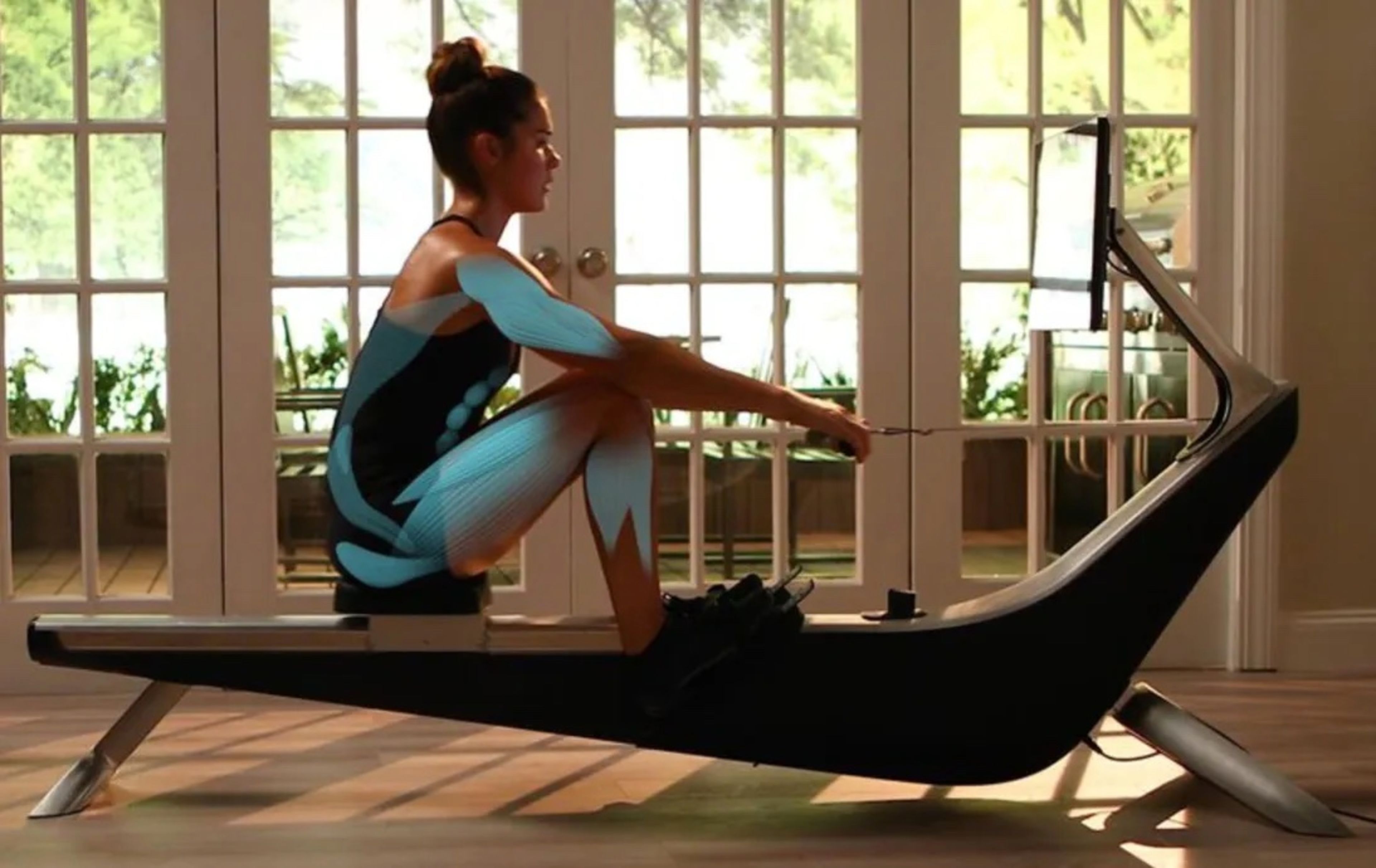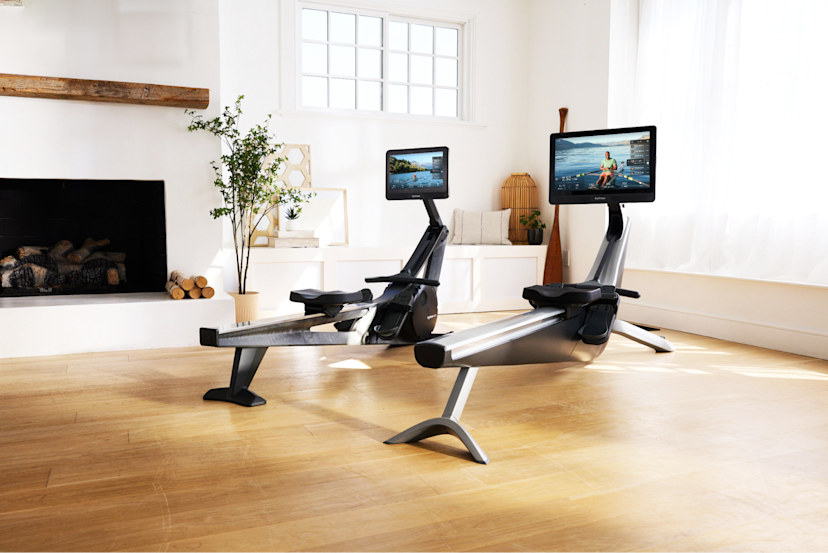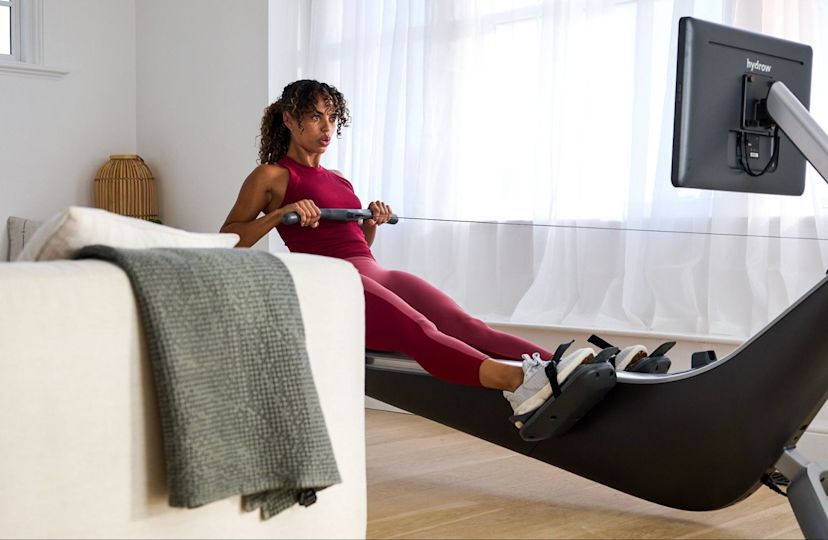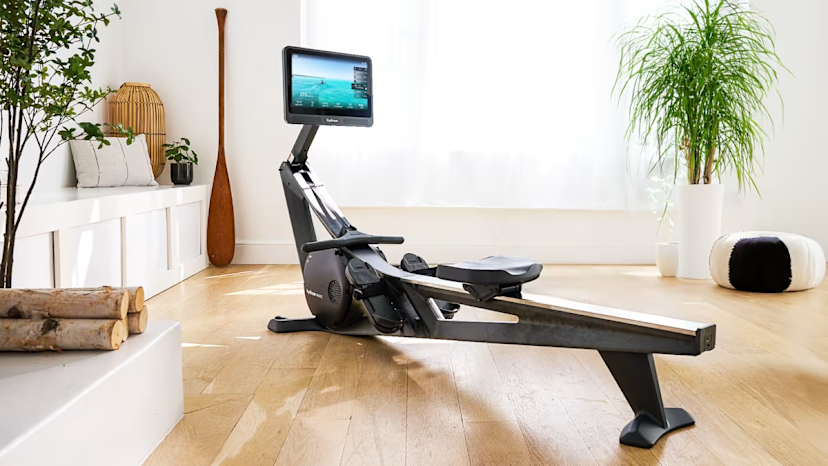Hydrow for cross-training

Written by: Dr. Kristin Haraldsdottir, Ph.D.
Rowing is an ideal cross-training workout for triathletes, runners, cyclists, winter sports fanatics, and anyone looking to balance out their workout routine.
When looking for a cross-training tool, it’s important to consider a few key factors. One of the primary intentions of cross-training is to prevent muscle strain and overuse. To appropriately give your joints a rest without going on a total vacation, look for a cross-training option that is low impact. Rowing is a low-impact workout, meaning that your joints will experience little-to-no strain regardless of how much you want to participate. Additionally, rowing engages up to 86% of major muscle groups, allowing you to work more muscles more efficiently.
Rowing is a demanding sport requiring a high aerobic capacity and the ability to sprint; and is a common sport for individuals to participate into older age. It is an activity that requires, builds, and maintains large muscle mass and the ability to distribute blood flow to both upper and lower extremity skeletal muscles simultaneously. Accordingly, rowers exhibit both upper and lower body muscle adaptations, with significant core and back strength. Meanwhile, running and cycling are endurance-based, repetitive-motion sports, and running is high-impact.
So, why is rowing with Hydrow a great exercise for triathletes, runners and cyclists? 1. Hydrow helps prevents injury from repetitive and high impact sports 2. Hydrow improves athletic performance in other sports 3. Hydrow optimizes recovery
Below is some information with more detail about why rowing is a great exercise for triathletes, runners and cyclists:
Injury prevention:
- Rowing is a low-impact movement. - Rowing builds core strength. Core weakness leads to many running and cycling injuries. Rowing builds strength in all of the main muscle groups in the body, especially in the trunk - including the core and back muscles. - Rowing builds strength in complementary muscle groups to running and cycling, reducing risk of injury. - 37-49% of recreational triathletes report suffering an injury while training for a race that results in at least 1 missed day of training, seeking medical attention, or taking medicine, and it is unrelated to time spent training per week.| - 91% of ultra-endurance athletes (longer triathlons like Ironman) suffer a soft-tissue overuse injury during training. - The most common injuries suffered by triathletes while running are due to weakness in the gluteus medius, which is a muscle trained in rowing (Martinez-Gramage et al 2020). - Overuse injuries in triathletes are suffered in the joints that are most highly impacted in running and cycling. Rowing is a low-impact exercise, and builds strength and cardiovascular endurance without joint impact. - Swimmers who do an 8-week strength program specifically targeting back and shoulder muscles improve their posture and reduce the risk of overuse injury (Lynch et al 2010). - Injuries in triathletes are common in the joints impacted by the high-impact nature of the repetitive exercises (knee, ankle, low back, hamstring, foot, achilles, hip) (Cipriani et al 1998).
Performance enhancement:
- Rowing high-intensity interval training (HIIT) leads to greater VO2max and performance metrics than high volume training in elite athletes. (Ní Chéilleachair 2017) - Builds strength in main and complementary muscle groups, helping balance out strength. - Improves cardiovascular fitness. - A new physical challenge promotes fitness improvements. - Cycling and running build strength and endurance in significantly fewer muscle groups than rowing. By cross-training with rowing, cyclists, runners and triathletes will build strength and oxygen capacity in muscle groups beyond those mostly exercised in running and cycling. This leads to greater overall fitness capacity, improving performance. - Because rowing is a hybrid cardio and strength sport, it also improves anaerobic capacity. Many rowing workouts alternate between cardio and anaerobic intervals.
Optimized recovery:
- Running and cycling are repetitive sports that can result in imbalances. Rowing as recovery from triathlon, running or cycling training can mitigate imbalances and strengthen the whole body. - Recovery from triathlon, running and cycling training should incorporate different movements and strengthening exercises to retain mobility and prevent injury. - A large component of successful recovery is mental. By incorporating rowing into the recovery routine for triathlon, running and cycling, athletes get to break up the monotony of their repetitive sport and push through the mental slump.
How often should you incorporate rowing into your triathlon, running or cycling training?
- Rowing 2-3 times a week will allow athletes to experience rowing’s many benefits as complements to other sports – stronger core, upper body strength, more powerful drive, better conditioning, and less pounding of your joints.
References
Crowley E, Harrison AJ, Lyons M. The Impact of Resistance Training on Swimming Performance: A Systematic Review. Sports Med. 2017 Nov;47(11):2285-2307. doi: 10.1007/s40279-017-0730-2. PMID: 28497283.
Lynch SS, Thigpen CA, Mihalik JP, Prentice WE, Padua D. The effects of an exercise intervention on forward head and rounded shoulder postures in elite swimmers. Br J Sports Med. 2010 Apr;44(5):376-81. doi: 10.1136/bjsm.2009.066837. PMID: 20371564.
Martínez-Gramage J, Albiach JP, Moltó IN, Amer-Cuenca JJ, Huesa Moreno V, Segura-Ortí E. A Random Forest Machine Learning Framework to Reduce Running Injuries in Young Triathletes. Sensors (Basel). 2020 Nov 9;20(21):6388. doi: 10.3390/s20216388. PMID: 33182357; PMCID: PMC7664858.
Ní Chéilleachair NJ, Harrison AJ, Warrington GD. HIIT enhances endurance performance and aerobic characteristics more than high-volume training in trained rowers. J Sports Sci. 2017 Jun;35(11):1052-1058. doi: 10.1080/02640414.2016.1209539. Epub 2016 Jul 20. PMID: 27438378.


